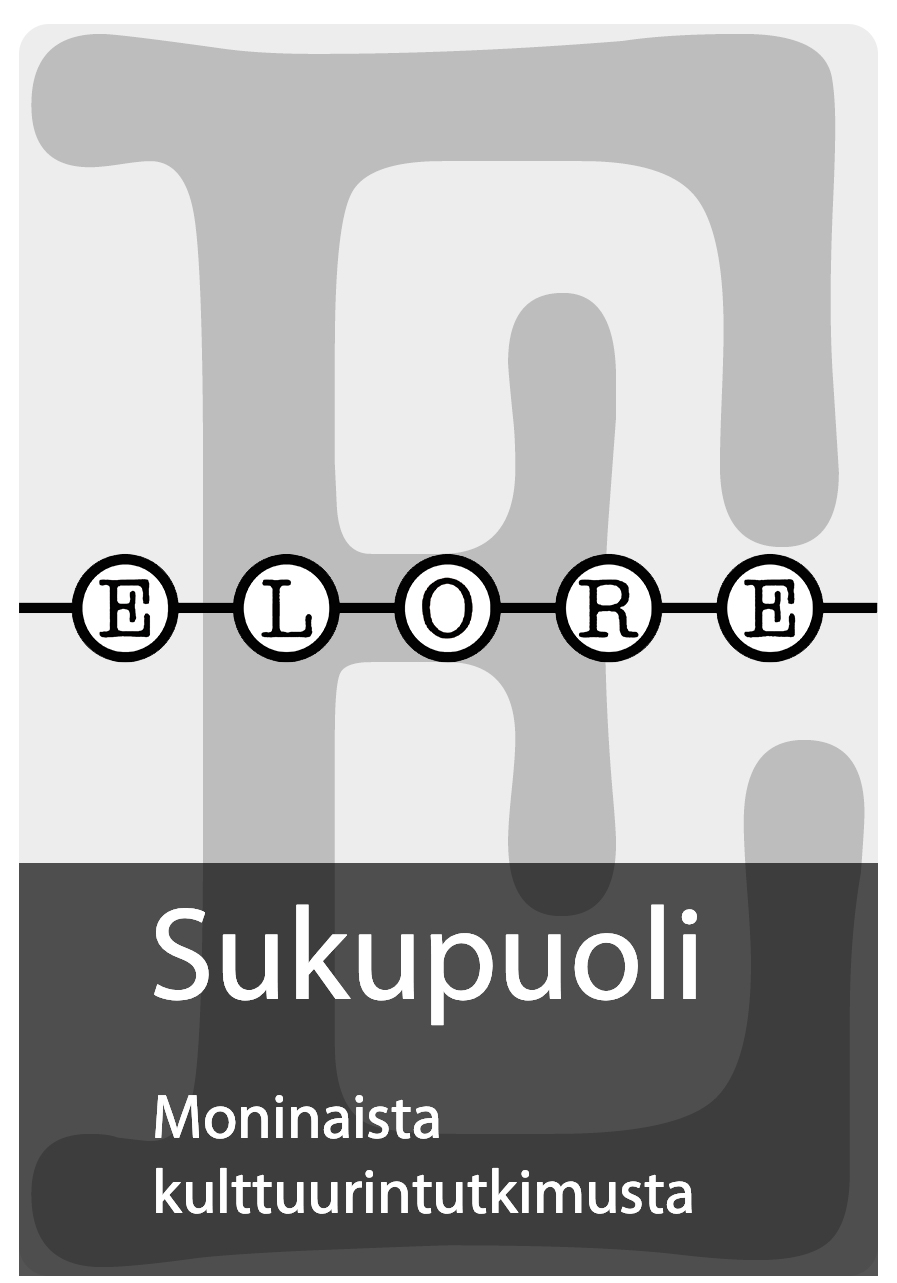Piika, taivaallintu ja agitaattoriakka
Kolme esitystä naisesta ja uskonnosta Eeva Joenpellon Lohja-sarjassa
DOI:
https://doi.org/10.30666/elore.78461Abstract
In this article I describe how the relationships between women and religion are represented in a set of books by Eeva Joenpelto. The Lohja-series, whose name comes from the story’s milieu, is made up of four novels published in the 1970s. It describes a village in southern Finland during the 1920s and 1930s, i.e. the period between the two wars, the Civil War and the Winter War. From the novels, I take three female characters who represent different gendered presentations of religion. Mari, the faithful servant of God, derives her strength from Lutheranism, and thus endures the hard and endless daily grind in the kitchen. Sofi is a childlike bride of Christ who finds her place in the Pentacostal movement and expresses her religion in charismatic and passionate ways. Tilta is an agitator who has found her life’s meaning in the Communist Party. My questions are the following: What kinds of possibilities for religious expression and fulfillment are available to women in the Lutheran Church and the Pentacostal movement? What is the place of religion in women’s every-day life? How do women outline the categories of sacred and profane, of purity and impurity, or do they combine them? How does a commitment to political ideology offer a woman a meaning system analogical to religion?Downloads
Published
How to Cite
Issue
Section
License
The journal follows Diamond Open Access publishing model: the journal does not charge authors and published texts are immediately available on the Journal.fi service for scientific journals. By submitting an article for publication on Elore, the author agrees, as of September 2024, that the work will be published under a CC BY 4.0 licence. Under the licence, others may copy, transmit, distribute and display the copyrighted work and any modified versions of the work based on it only if they attribute the licence, the original publication (link or reference) and the author as the original author. Any modifications made must be acknowledged.
Copyright of the texts remains with the authors, and self-archiving (Green OA) of the published version is allowed. This also applies to texts published before September 2024. The Green OA publication must include Elore's publication details.
The metadata for published articles is licensed under Creative Commons CC0 1.0 Universal.





